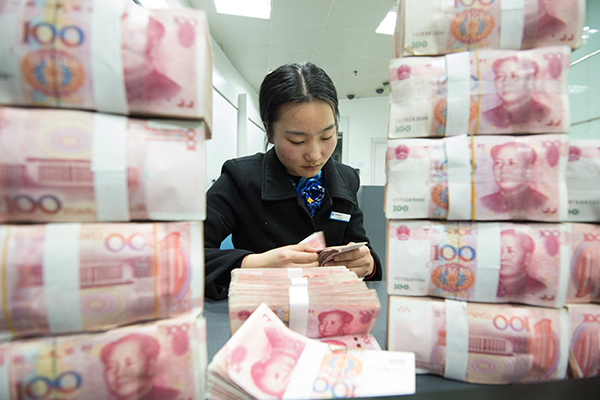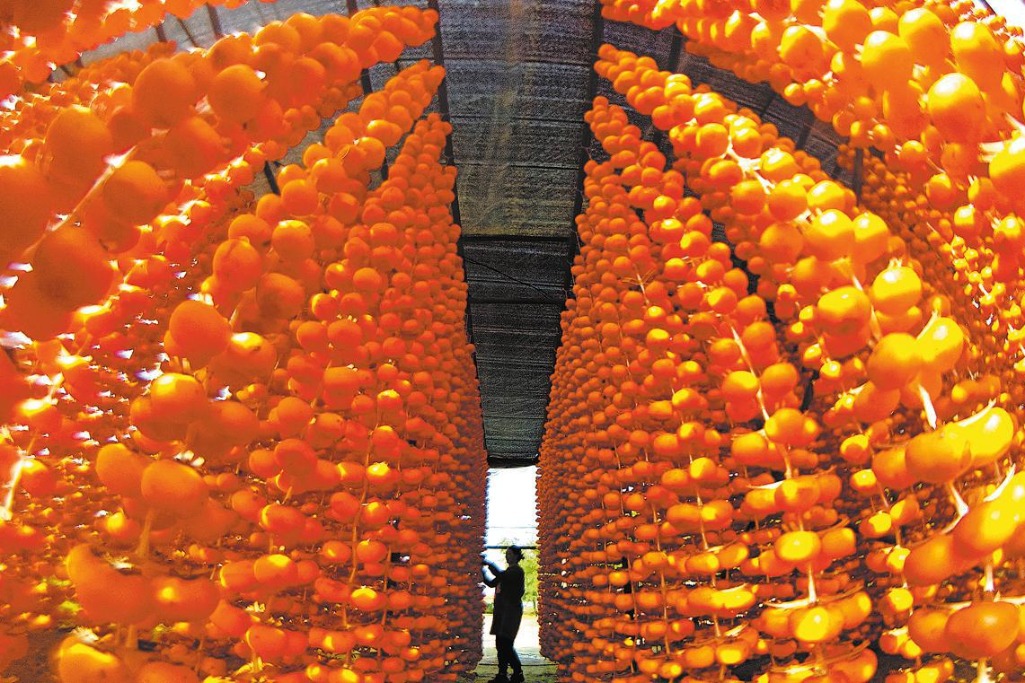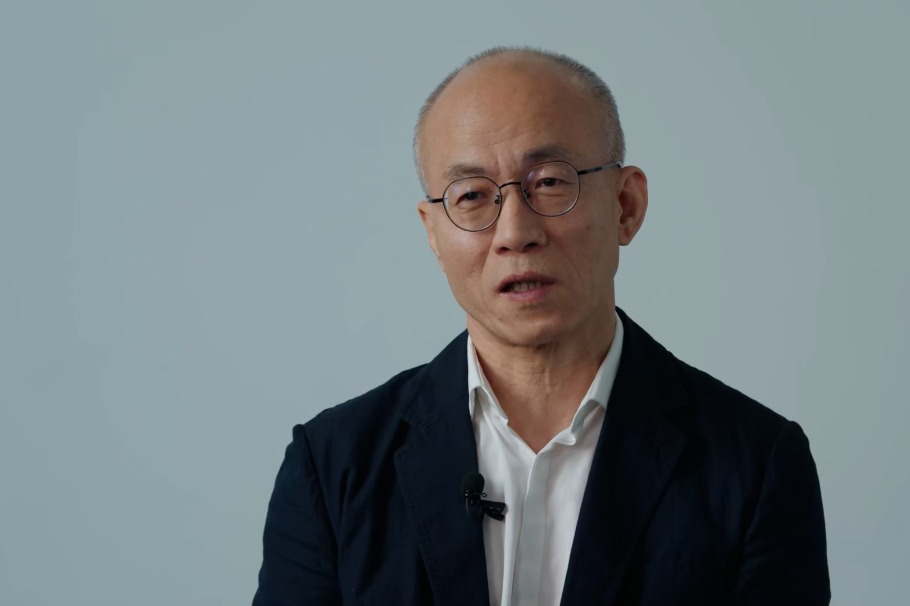M2 not the only money supply indicator, says PBOC


The broad measure of money supply, or M2, should not be the only indicator for understanding China's liquidity conditions, said Zhou Xiaochuan, central bank governor, on Friday.
By the end of 2017, China's M2 growth was 8.2 percent, below the nominal year-on-year GDP growth of 8.5 percent, triggering concerns over inadequate liquidity to bolster normal economic growth.
"China's M2 growth is slightly lower than nominal GDP growth, but we should monitor more indicators, such as prices and jobs, to see whether liquidity is tight," he said at a press conference during the ongoing first session of the 13th National People's Congress.
There is no one simple indicator to judge the conditions of money supply, he said. "It is a quite complex issue and multiple factors should be taken into consideration."
China's consumer price index grew by 1.6 percent year-on-year in 2017, well below the inflation target of 3 percent, and its unemployment rates, in terms of both registered and surveyed unemployment rate, were low, statistics of the National Bureau of Statistics show.
- Australian scholar finds mission at Yuelu Academy
- CNPC Xinjiang Oilfield celebrates 70th anniversary with milestone
- Chinese vice-premier to visit Uruguay, Brazil and attend Belem Climate Summit as President Xi's special representative
- Chinese defense minister meets US counterpart in Malaysia
- Xi says the world is at new crossroads between unity, hegemonism
- Xi says investing in China means investing in the future




































